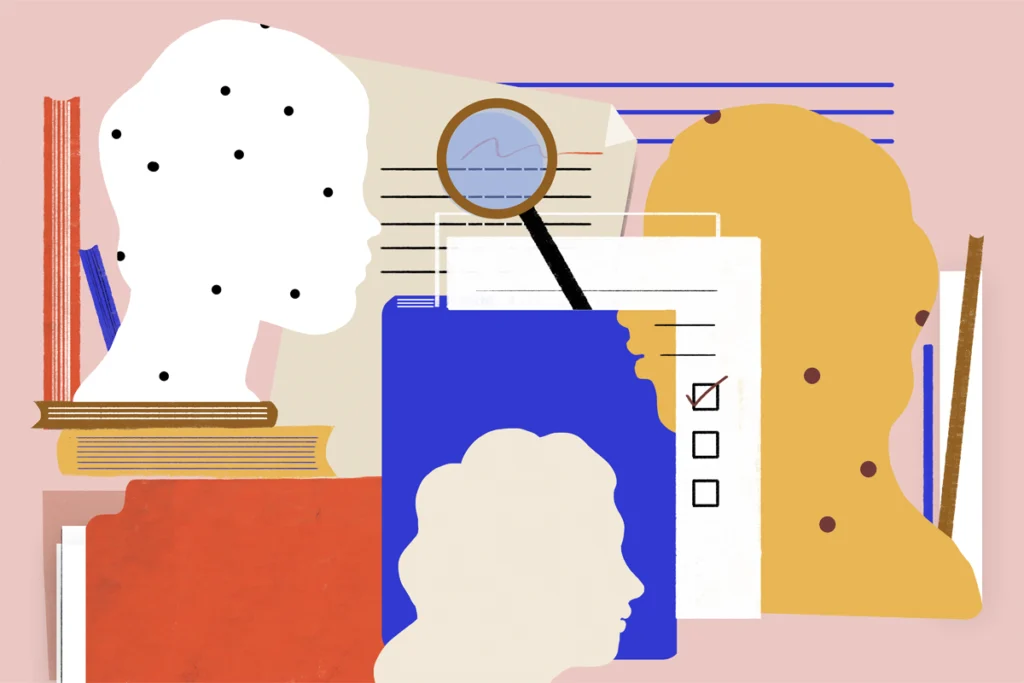Ethnicity influence; human-brained rodents; graduate drain and more
Black parents are less likely than white parents to report concerns about autism features in their children, human brain organoids in rodent bodies raise ethical concerns, and science graduate programs in the United States have few American students.
- Clinicians diagnose autism more often in white children than in minority children. A study published 3 November in Autism provides one possible explanation for the discrepancy: Black parents are less likely than white parents to report concerns about social skills or restricted or repetitive behaviors in their children.
- Hoping to increase the human factor in rodent models of conditions such as autism, researchers have implanted human brain organoids into lab rats. One group also has implanted the organoids into mice and linked the implants to a blood supply, crossing into uncharted ethical territory, STAT reported 6 November.
Most experts say the organoids can’t think, according to STAT. But, researcher Christof Koch of the Allen Institute for Brain Science told STAT, “the science is advancing so rapidly, the ethics can’t keep up.”
- The common perception of people with autism is that they lack interest in being social. An analysis of a series of interviews with young adults on the spectrum suggests otherwise.
The investigators used word counts to identify the most commonly occurring phrases in the interviews. The five terms people on the spectrum used most were ‘people,’ ‘have to,’ ‘can/be able,’ ‘good,’ and ‘autism.’ The researchers interpreted ‘good’ and ‘can/be able’ as positive expressions of ability, and ‘people’ and ‘have to’ as relating to the social struggle to fit in.
The findings appeared 28 October in Qualitative Health Research.
- Almost all students with disabilities — including autism — are capable of graduating from high school, two education experts argue in an essay published 4 November in Huffington Post. The fact that many of these students do not graduate is a fault of the system, not the students, the writers say.
- For Ron Suskind’s family, Disney movies were an opening to communication with his son on the spectrum. But sometimes, it takes “The Simpsons” to bring families together. Theresa Basile, writing for Vice on 2 November, describes how the long-running animated show is a way for her brother with autism and their family to connect.
Watching the show every day keeps her brother Daniel feeling grounded and comfortable, so daily viewings are a family routine. It’s part of “doing whatever we can to make Daniel’s life easier,” Basile writes.
- Deep skills in artificial intelligence and machine learning have been critical to some developments in autism research, among other fields. Yet few American students are attending U.S. graduate schools in these and other sciences, The New York Times reported 3 November. Citizens of other countries make up the bulk of the student population in many schools.
- Intense interests are considered a key feature of autism, with the assumption that the target will be trains, clocks and other mechanical objects. But results published 2 November in PLOS ONE suggest that teenagers on the spectrum have interests similar to those of neurotypical teenagers, including, of course, video games.
- Sara Ryan’s son Connor, who had autism and epilepsy, drowned after having a seizure in a bathtub at the U.K. government-run facility where he lived. In a new book titled “Justice for Laughing Boy,” Ryan describes the social-media community that formed around her struggle to ensure accountability for her son’s death. The Guardian published an edited excerpt 11 October.
- A survey of more than 47,000 adults in the general population points to a link between autism features and flexible sexual orientation. Respondents with autism features were almost twice as likely as those without autism features to identify as bisexual, and three times more likely to self-report as fitting into no specific category of sexual orientation. The results were published 30 October in the Journal of Autism and Developmental Disorders.
- Among the recipients of the National Institutes of Health’s $9 million for a data commons is Paul Avillach, who uses a digital repository to study Phelan-McDermid syndrome. The intent of the 12 awards from the institute is to produce a ‘shared virtual space’ for depositing data as a way to speed up biomedical discovery.
- Do you have a new paper coming out? Are you making a career move? Did you see a study or news story that you want to share? Send your news tips to [email protected].
Recommended reading
Assembloids illuminate circuit-level changes linked to autism, neurodevelopment
Explore more from The Transmitter

The Transmitter’s favorite essays and columns of 2024

Say what? The Transmitter’s top quotes of 2024


